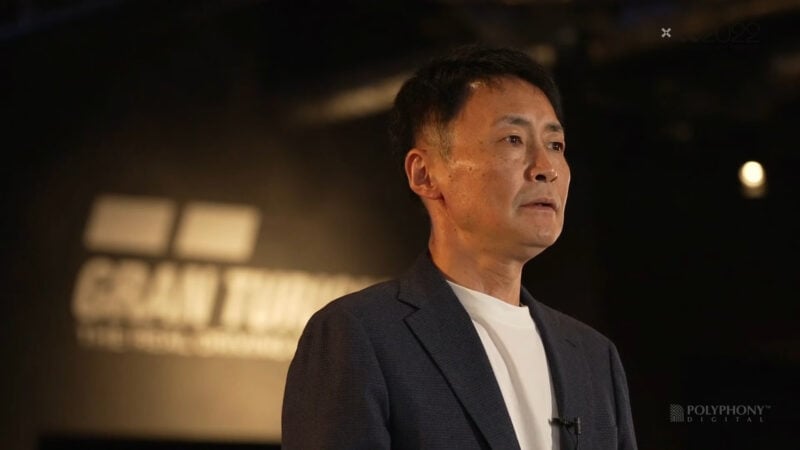
Kazunori Yamauchi has delivered the keynote presentation at the 2022 Computer Entertainment Developers Conference (CEDEC), in which he detailed the history behind Polyphony Digital and the Gran Turismo game series.
The presentation was aired by CEDEC in a stream that’s no longer available, and only in Japanese language. We’ve done our best to transcribe and translate the video for GTPlanet’s readers.
As you might expect, Gran Turismo was the result of a love of cars. The young Yamauchi played a racing game in an arcade and decided he wanted to make a game like that.
We’ve previously heard of how Yamauchi ended up at Sony Music, but was drafted into the budding Sony Computer Entertainment team as the company started developing its own games console. “I was lucky,” said Yamauchi. “I was at the center of the PlayStation movement that was about to begin.”
The idea to make a realistic car simulator wasn’t immediately seized upon by PlayStation, but following the success of Motor Toon Grand Prix, Yamauchi’s proposal for what would become Gran Turismo was more readily accepted — at least by Sony.
Yamauchi’s plan was not only for a “realistic car physics simulation with realistic graphics”, but to include cars from the real world too. It was a novel idea and one that needed co-operation from car manufacturers for their intellectual property.
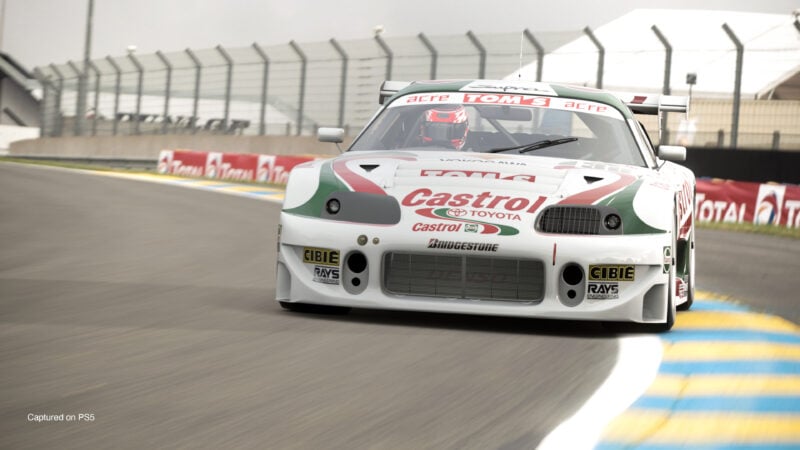
“I was only 25 years old at the time, so I couldn’t find anyone to talk to,” explains Yamauchi. “I looked up the phone number of the automaker’s representative in the phone book, and immediately called the representative.”
It was a tough sell, as Yamauchi had to explain pretty much everything. Car games at the time were either based on real race cars with idiosyncratic physics, or more cartoonish affairs, and Yamauchi not only needed to cover the proposal but the fact that Sony Computer Entertainment and its PlayStation console existed. “I had to explain these three in order!”
Toyota was the first brand to buy into the idea. “I went to Amlux [Toyota’s Tokyo HQ] in Ikebukuro and did three presentations in order. When I heard later, it seems that I was talking for about two and a half hours in total. And when the presentation was over, the woman in charge of Toyota said she understands, let’s do it.”
With Toyota onboard, other manufacturers soon followed — ten in total, for those of us who remember the first game. “I am still grateful to the people in charge of [Toyota’s marketing] department.”
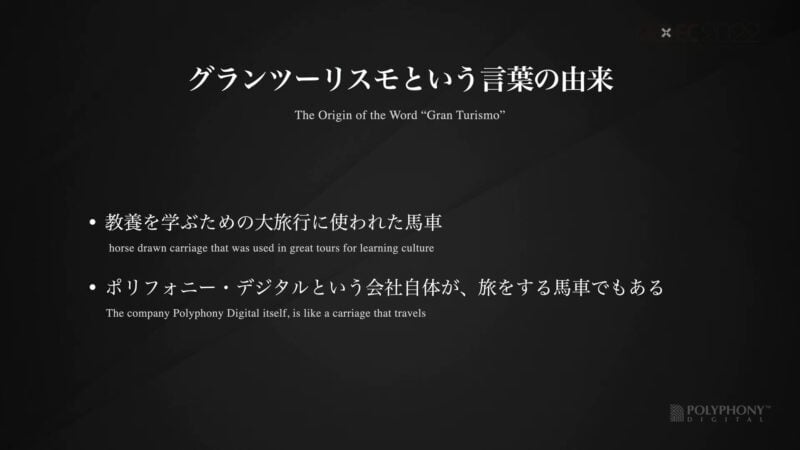
Yamauchi also explained the origin of the Gran Turismo name. It was a tradition in the early modern period’s Age of Discovery for young aristocrats to embark on a trip around Europe with a tutor to complete their education, learning about foreign cultures, art, and customs. This was referred to as the “grand tour” and their carriage a “grand tourer”; with Italy a frequent final destination, this became “gran turismo”.
“I thought that this romantic word would be very appropriate for the name of the game. Gran Turismo contains cars from all over the world and there are companies involved all over the world,” says Yamauchi.
He also describes Polyphony Digital itself as the eponymous traveling carriage, as the company and its representatives head around the world — and also takes players on a journey through the car cultures of various nations and in relation to significant moments in human history.
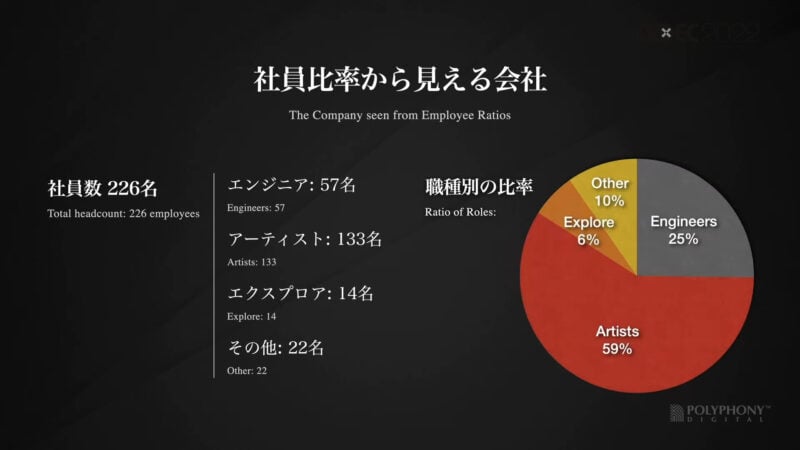
These days the company consists of under 250 people, the majority of whom are classed as artists and engineers — as you’d expect for a game with realistic environments, cars, and physics. However Yamauchi also highlights the “Explore” team.
“There are Explore teams in Japan, North America and Europe. This team is not limited to the game industry, but its mission is to realize partnerships and collaborations with various external companies that transcend industry boundaries. It may be a team that characterizes our company, which is rare in video game production companies.”
All of the major Gran Turismo collaborations — with Nissan for GT Academy, the FIA for the Gran Turismo World Series, Vision Gran Turismo, fashion brand partnerships, and so on — are as a result of the Explore teams’ work.
Of course we’ve heard about these collaborations before, but for the benefit of the CEDEC attendees, Yamauchi explained more about them and particularly the players like Jann Mardenborough and Lucas Ordonez who won GT Academy and went on to have racing careers.
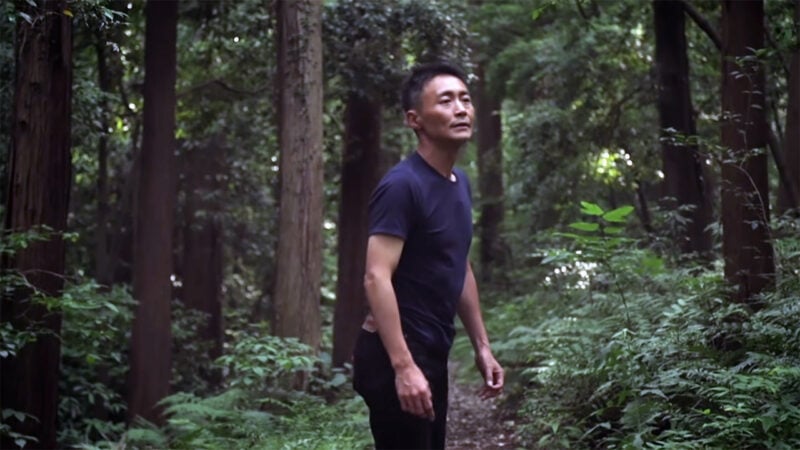
A significant portion of the presentation was given over to Yamauchi’s vision of the future, and some of the influences from his past that drive him.
Describing himself as an ecologist — a trait he’s inherited from his father — Yamauchi mentions his youth in Kashiwa City, heading into the forests with his younger brother collecting insects and crawfish from the streams and ponds.
However, by the time he’d left even elementary school, the forest had become a housing development. Reflecting on this, Yamauchi states “I have a sense of crisis about the drastic decrease in opportunities and spaces for children to come into contact with nature”.
Noting the incredible rise of video games — “I didn’t expect it to spread in society at the pace it has been” — and the amount of time children spend with them, Yamauchi says that gaming has significant power and would like to deal with nature just as he has with motoring for the past 25 years.
We’ve already seen some glimpses of this, with Gran Turismo 7’s simulation of the universe — in collaboration with NASA — for realistic night sky effects, and previous presentations on the procedural generation of vegetation. However a Gran Turismo of the natural world (maybe Plant Turismo?) would be a fascinating project.
“I have absolutely no intention of saying that such games will sell or be profitable, but I think that some of you might find them interesting,” concludes Yamauchi.
See more articles on Kazunori Yamauchi.










